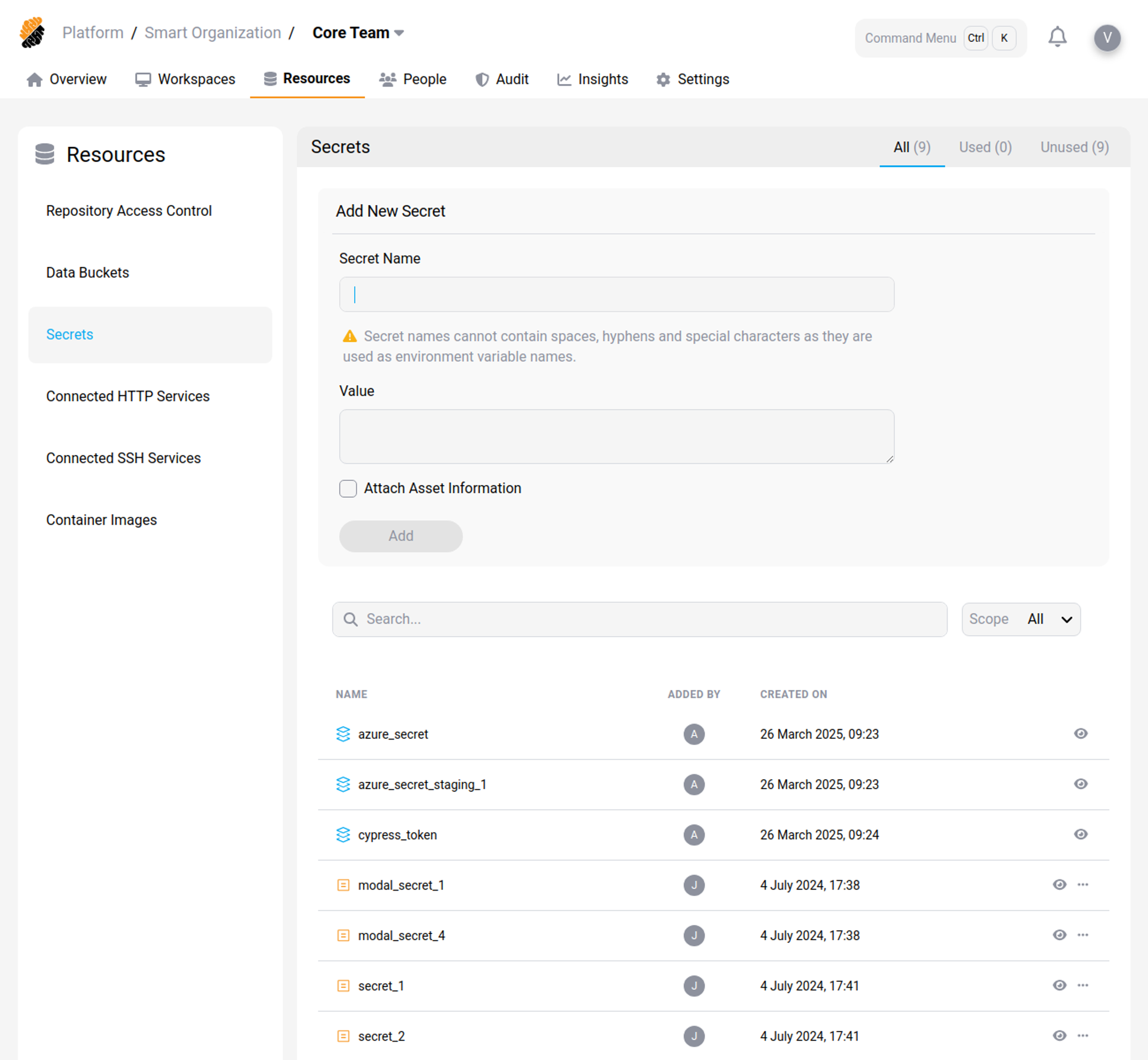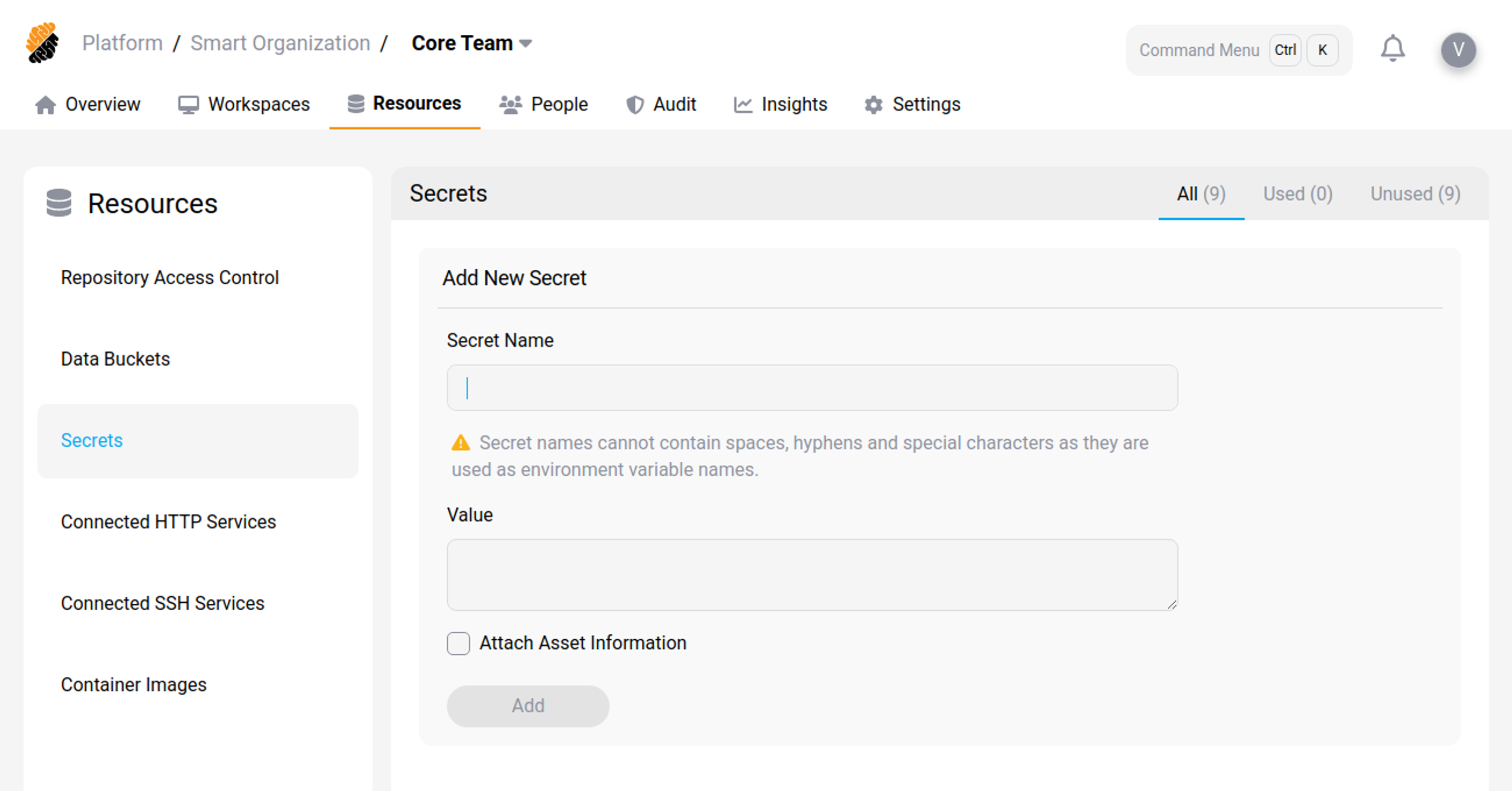This content has been machine translated dynamically.
Dieser Inhalt ist eine maschinelle Übersetzung, die dynamisch erstellt wurde. (Haftungsausschluss)
Cet article a été traduit automatiquement de manière dynamique. (Clause de non responsabilité)
Este artículo lo ha traducido una máquina de forma dinámica. (Aviso legal)
此内容已经过机器动态翻译。 放弃
このコンテンツは動的に機械翻訳されています。免責事項
이 콘텐츠는 동적으로 기계 번역되었습니다. 책임 부인
Este texto foi traduzido automaticamente. (Aviso legal)
Questo contenuto è stato tradotto dinamicamente con traduzione automatica.(Esclusione di responsabilità))
This article has been machine translated.
Dieser Artikel wurde maschinell übersetzt. (Haftungsausschluss)
Ce article a été traduit automatiquement. (Clause de non responsabilité)
Este artículo ha sido traducido automáticamente. (Aviso legal)
この記事は機械翻訳されています.免責事項
이 기사는 기계 번역되었습니다.책임 부인
Este artigo foi traduzido automaticamente.(Aviso legal)
这篇文章已经过机器翻译.放弃
Questo articolo è stato tradotto automaticamente.(Esclusione di responsabilità))
Translation failed!
Secrets
Secret management allows developers to securely store sensitive data such as passwords, keys, and tokens, in a protected environment with access controls capabilities.
Generally, the term “secret” points to any necessary credentials (e.g. cryptographic keys, tokens and password) necessary to authenticate with a service during the development process. The storage of secrets is a service that can be provided by the platform or by an external mechanism. Once registered on the platform, secrets attached to workspaces are available in the container’s filesystem as environment variables or files. This section explains how secrets are managed by the platform, but note that your platform might use an external service for that purpose.
- View Secrets
-
Add a New Secret
Permission: Resources::Manage
View Secrets
Secrets used in the organization or project are displayed in a table. You may search for one or filter those used in workspaces.

A Secret is defined by the following characteristics:
- Basic information: Information such as name, the user who added it, scope of use (platform, organization or project).
- Class Level: This option defines the visibility for the secret based on the user’s permissions.
- Asset Information: This option allows for providing a description of the secret.
Add a New Secret Permission: _Resources::Manage_
You can create a secret at the top of the Secret Page.

You will need to enter the following information:
- Name, a name to identify the secret,
- Value:, i.e. the secret’s value, and an
- Asset information, a description of the secret.
Share
Share
In this article
This Preview product documentation is Citrix Confidential.
You agree to hold this documentation confidential pursuant to the terms of your Citrix Beta/Tech Preview Agreement.
The development, release and timing of any features or functionality described in the Preview documentation remains at our sole discretion and are subject to change without notice or consultation.
The documentation is for informational purposes only and is not a commitment, promise or legal obligation to deliver any material, code or functionality and should not be relied upon in making Citrix product purchase decisions.
If you do not agree, select I DO NOT AGREE to exit.